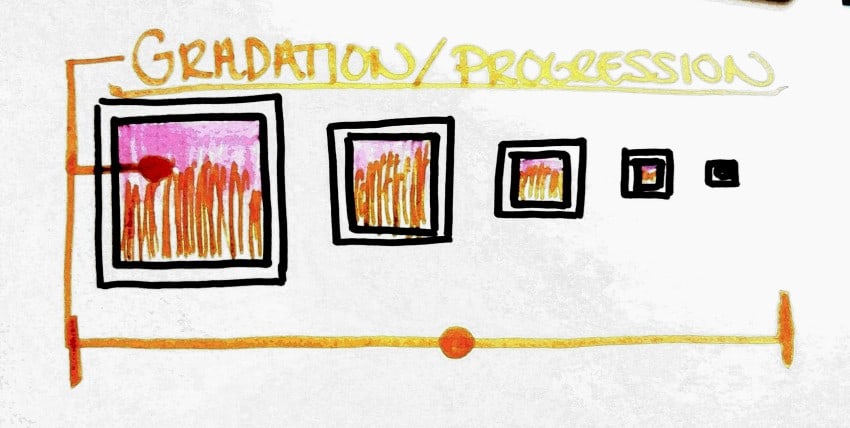

Using posture during training is a matter of keeping joints aligned to where an ideal sequence of muscular contractions can occur. No one wants to put themselves in harm's way by doing an exercise incorrectly or waste their time on an exercise program that won’t achieve their goals. No matter the choice, safety and effectiveness of the exercise are important.
#Principle of progression free#
Resistance training can happen in multiple ways, whether body weight, free weights, machines, bands and tubing, suspension trainers or the endless variety of modalities and equipment choices on the market place. When you evaluate three typical goals that a client may have – body composition change, performance enhancement, wellness or general fitness – you will have some form of resistance training in their programming. These modifications are especially important when training older and younger clients. The trainer’s ability to modify an exercise through regressions or progressions, or what can be called micro-changes, becomes a valuable tool in their training toolbox.


What happens when a client starts to fatigue and form and technique go out the window? Or, on the flip side, what if an exercise has become too easy? This is what personal trainers are known and hired for, making sure that the client is using good technique. “You need good form,” or “technique is everything” are just a couple of the staple statements you hear fitness professionals and strength coaches say.


 0 kommentar(er)
0 kommentar(er)
